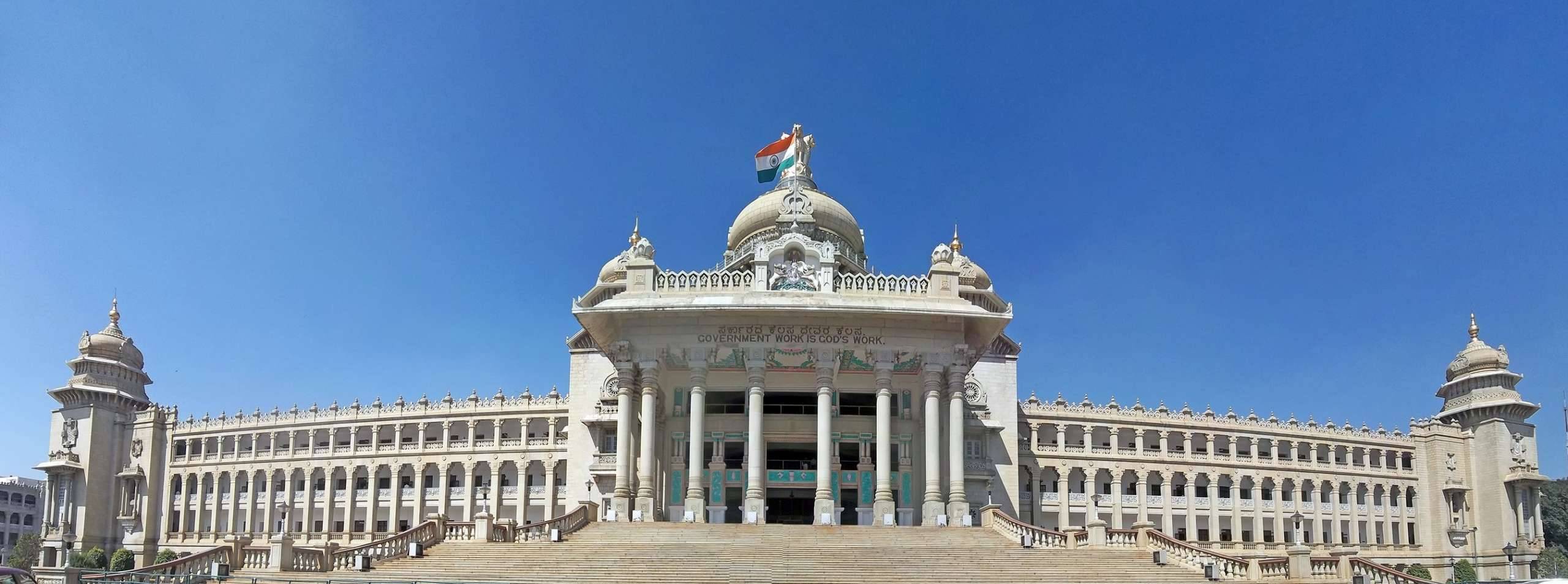This post was first published on 4th August, 2014.
On 28th July, 2014, the Karnataka State Government passed a legislature, under which a person can now be arrested in Karnataka even before he/she commits an offence, under the IT Act. Shocking, isn’t it? Let’s shed some more light on it. In case you own a Smartphone and have a WhatsApp account, if the government thinks you are planning to send a ‘lascivious’ photo to a WhatsApp group, or forward a Copyrighted Song to a friend, you can now get charged under the Amended Act.
The Karnataka Government in the Karnataka Prevention of Dangerous Activities of Bootleggers, Drug-offenders, Gamblers, Goondas, Immoral Traffic Offenders, Slum-Grabbers and Video or Audio Pirates (Amendment) Bill, 2014, also known as the Goonda Act, has brought most of the offences previously under the Information Technology Act, 2000, and the Indian Copyright Act, 1957, now under the ambit of the Goonda Act.
Until now, people with a history of offences like bootlegging, drug offence and immoral trafficking could be taken into preventive custody. But the Government has extended this list by adding digital-offenders with acid attackers and sexual predators into this Act. Digital-offenders, according to the Amended Act means “any person who knowingly or deliberately violates, for commercial purposes, any copyright law in relation to any book, music, film, software, artistic or scientific work and also includes any person who illegally enters through the identity of another user and illegally uses any computer or digital network for pecuniary gain for himself or any other person or commits any of the offences specified under sections 67, 68, 69, 70, 71, 72, 73, 74 and 75 of the Information Technology Act, 2000.” Therefore, although the definition of a digital-offender begins with those who violate for commercial purposes, it moves on to include offences under the Information Technology Act, 2000 irrespective of commercial exploitation, if any.
The newly amended Goonda Act does not limit its reach to audio and video piracy but also includes any posting, casual comments and reactions on FaceBook, Twitter and the online world. The passing of this law has come as a surprise to the legal community according to Bangalore Mirror, which, in its article ‘We the Goondas’, has discussed this issue at length.
The State Government’s authority to make such an amendment has been challenged, as the Copyright Act and Telecommunication falls under List 1 of the Seventh schedule which makes it a Union subject. The most significant difference between the IT Act and the Goonda Act is that if one is arrested under the IT Act, he should be produced before the Magistrate within 24 hours (and gets a chance to explain). The Goonda Act is more severe as there is a long process of review and one will be in custody at least until then. One need not be produced before a Magistrate for 90 days. The duration can be extended to a year. Further, the Goonda Act provides for preventive arrest i.e., one can be taken into preventive custody even before one commits the offence.
For example, if one publishes an image of a naked body as part of a scientific article about the human body, though not obscene, if arrested under the IT Act, he will be produced before the Magistrate within 24 hours and will be allowed to explain himself/herself. But under the amended legislation, he will be arrested under the Goonda Act and need not be produced before a Magistrate for 90 days with a chance of it getting extended up to one year.
Another example pertains to bringing offences under the Copyright Act under the Goonda Act. In the Copyright Act, there is an exception for reporting, research, educational and people with disability. A visually impaired person can, without paying royalty, convert a book into another format like Braille or audio and share it with another visually impaired person on a non-profit basis. But if he is arrested under the Goonda Act, he will be in jail for up to one year, even before he does it.
This act overlooks violations in this digital era which can be a result of hacking or viruses which are rampant and has very few controlling mechanisms in place. The above examples, given by members of a legal community, expressing their apprehensions, clearly sums up the amended legislation and a need for clarity. Nevertheless, be it boon or bane, this amendment can be seen only through its application in the days to come.
Please note that we could not get our hands on a copy of the Original Bill and hence the content of the above article heavily relies on the sources given below.
Image Source/ Attribution: here (Governed by GFDL License)



